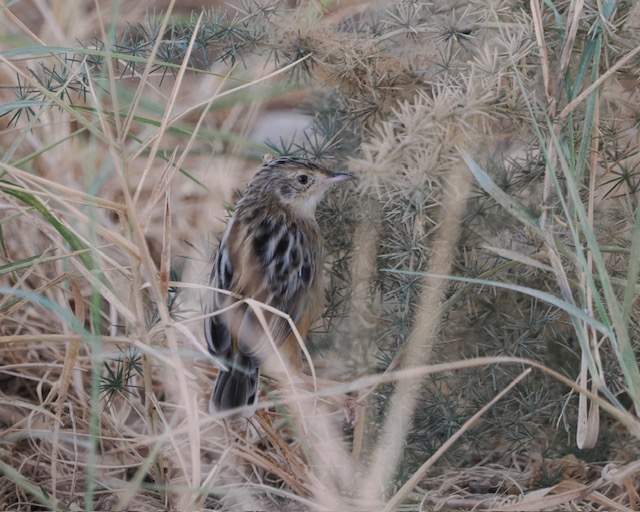
This past summer, a pair of Zitting Cisticolas (or what we used to call Fan-tailed Warblers) nested in my home county of Suffolk. It was a significant record, as it was the very first time these birds had been recorded breeding in Britain, where they have always been extremely rare vagrants with just a handful of records. Their rarity is surprising, as these tiny birds are relatively common nesting birds on the other side of the English Channel, the 22 miles of water that separates southern England from France. It’s a bird that has long been predicted to colonise southern England.
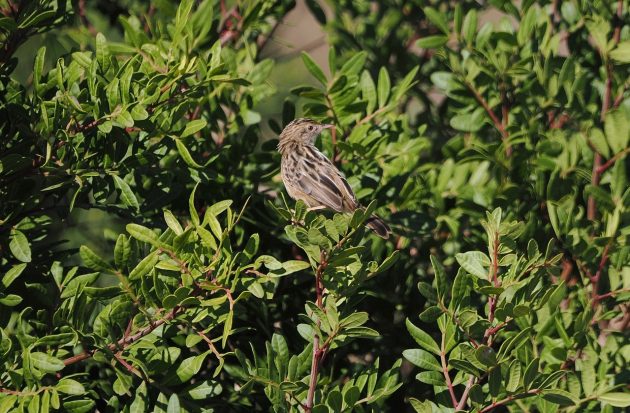
The Zitting Cisticola is a common bird in Spain and Portugal. This past summer the species was recorded nested in England for the first time
Zitting Cisticolas has, according to the European Breeding Bird Atlas II (EBBA,) increased moderately in Europe, so its expansion into England is perhaps not surprising. However, in France the population has shown a decrease, or at least it did when the field work for the atlas was undertaken, which was from 2013 to 2017. It is possible that it is now increasing again in France.
There are no fewer than 52 species of cisticolas in the world, of which the Zitting Cisticola is the most widespread, with 18 sub-species in four groups. In Europe its distribution is biased heavily towards Spain, Portugal and Italy, which (according to EBBA) account for approximately 90% of its population. It’s not an easy bird to count, as EBBA estimates its population at anything from 922,00 to 2,140,000 breeding pairs.
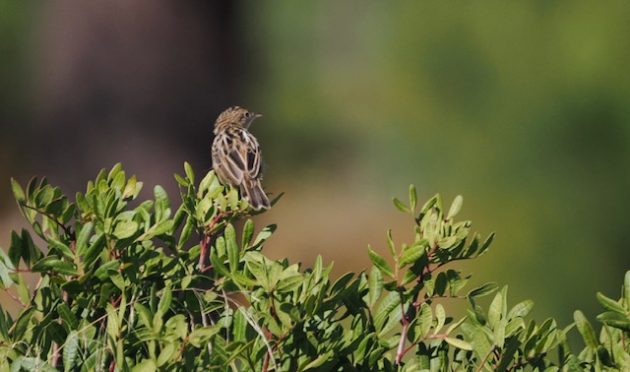
There are 52 species of cisticola, of which only one, the Zitting, occurs in Europe. The great majority are to be found in sub-Saharan Africa
Anyone who has birded in Spain or Portugal will be familiar with this delightful little bird, for it’s both widespread and abundant, usually revealing its presence with its repetitious chip call that gives it its name. Individuals can, on occasion, be frustratingly difficult to see, while on other occasions they can be co-operative and approachable.
I’ve seen Zitters in many African countries, but here you have to be careful, as there are a confusing bunch of different species of cisticolas. East Africa, for example, has no fewer than 32 of them, of which the Zitting is one of the most common, but by no means the most widespread. As the Field Guide to the Birds of East Africa notes, cisticolas are “a large genus of streaked or plain brown warblers which are one of Africa’s most challenging groups of birds to identify”.
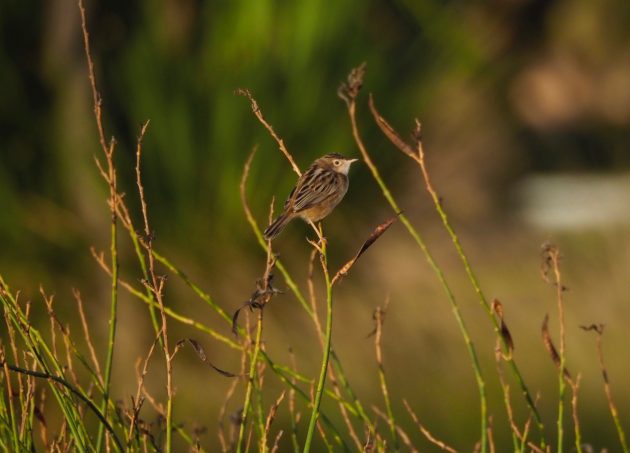
Zitting Cisticolas are tiny – just 11cm. The sexes are identical
Though I’ve seen quite a lot of them, I’m not sure I could identify many of them again without help. There’s even a couple that I’ve heard but frustratingly not seen: Croaking and Trilling. They have such distinctive songs there’s no mistaking them, even if you can’t spot the blighters. My favourite is the Wing-snapping Cisticola, which does just what it’s name suggests. It’s another bird that can be challenging to see, as it performs its wing-snapping very high in the sky and often out of sight, for it is a tiny bird.
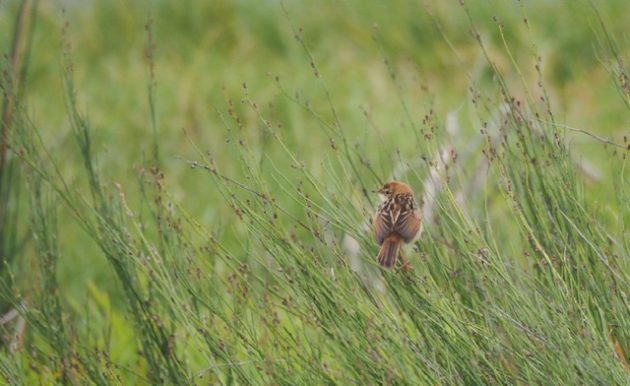
Levaillant’s Cisticola: a common bird of marshy grassland in South Africa, where this individual was photographed
I remember being surprised when I saw my first Zitting Cisticola in Thailand, as at the time I hadn’t appreciated that this bird also occurred in Asia. In fact it occurs as far east as Taiwan, Japan, the Philippines, Sumatra, Java, Bali, New Guinea and even northern Australia. Only one other species of cisticola has a similar Asian distribution, and that’s the Bright-headed (or Golden-headed) Cisticola, visually a very similar bird, but with a totally different song.
The most intriguing aspect of Suffolk’s breeding record is how two vagrant birds should chance upon each other and end up nesting here: it’s hardly probable that they could have flown across the North Sea together. And where did they come from? My guess would be Holland rather than France. Perhaps this is the start of the long-awaited colonisation, and in future years this will be a bird we expect to see or hear, rather like Cetti’s Warblers or Little Egrets, both of which are relatively recent colonists of England. I did make the effort to try and see the Suffolk birds, but I went late in the season and failed to find them. I wasn’t too disappointed, as just a few weeks later I saw several in southern Portugal. They are charming birds, so I do hope that they become established in England.


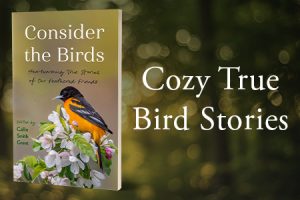




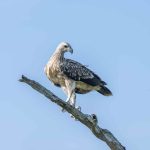
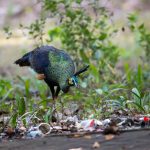
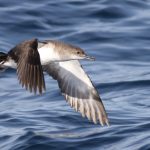
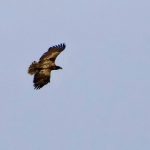

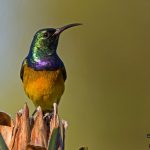
Not sure “Zitter” is much of an improvement over “Zitting Cisticola”, but the article is as always wonderful. The cisticolas are the ultimate LBJ’s.
I’m 100% in agreement with Peter’s sentiment here. Great article and cisticolas are indeed the ultimate LBJ’s.
saw my first FTW in Majorca on a family holiday in the early 70s – 50 years on they still are fan tailed warblers in my head ?